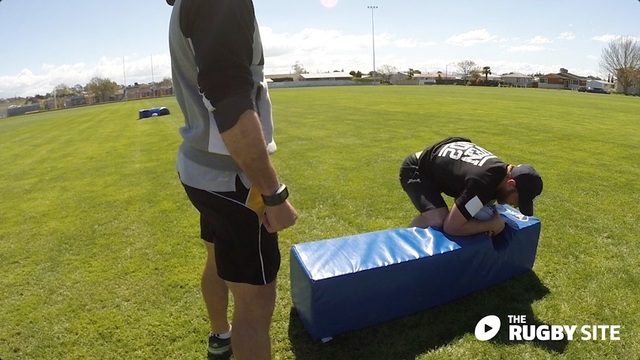How T.J.Perenara influences the ‘new’ breakdown for the Hurricanes
The new breakdown rules are having a strong impact on this year’s Super Rugby competition, as defensive coaches struggle to come up with new solutions to the erosion of the tackler’s influence on the ruck.
For example, in two games from round four – the Rebels-Brumbies game in the Australian Conference and the Hurricanes-Crusaders encounter across the water in New Zealand – there were a total of only seven takeaways on the ground out of a grand total of 342 rucks built by the four teams involved.
That meagre 2% turnover ratio was further diluted by nine penalties awarded against the defensive team attempting to contest the ball on the ground.
One of the most interesting aspects to emerge was the growing importance of the number 9’s role in securing the ball, both in attack and defence at the breakdown.
No-one plays this role better than the Hurricanes’ half-back T.J. Perenara. Perenara not only saved two potential Crusaders’ steals at Canes’ own-ball breakdowns, his excellent decision-making at the back of defensive rucks also won two turnovers for his team and even helped create a try at the other end of the field.
The halfback is well-equipped to assist at the breakdown. When your attack has the ball, he is positioned at the base to pass the ball on the next phase. In many modern defensive systems, he is placed in the ‘boot-space’ directly behind the ruck to organize the close defence and sweep in behind the front line thereafter.
On attack, part of Perenara’s role is to deal with defensive threats over the ball, not by cleaning them out but by ‘emergency counter-jackaling’ on the deck after the ball has been released from the starting ball-carrier/tackler complex.
In this instance the first Canes’ cleanout player (Ngani Laumape) collides with the Crusaders’ tackler as he’s getting up off the ground, leaving him unable to take out the primary threat, #7 Matt Todd:
.png)
Instead of just accepting the turnover and pulling out into defence, T.J demonstrates the new, expanded understanding of the role of a 9. He counter-jackals Todd on the ground and wrestles the ball away for his team-mates to regather!
It was not the only occasion in the match that Perenara performed this emergency counter-jackal duty. A few minutes later, both the tackler and the ball-carrier have released the ball as required by law, and it is up for grabs by the second man on either side:

Although the Crusaders’ halfback Bryn Hall is the first to react, it is T.J. Perenara who once again counter-jackals successfully to retain the ball for his side:


Using his exceptional strength, the Canes’ scrum-half wrestles the potential turnover away from his opposite number, and the attack continues.
Perenara is just as effective defending from the boot-space, utilising that same strength to get over the tackle ball and present a target with an extremely low silhouette for the opposition cleanout.
At the beginning of the game, he is in over the ball in a low but stable position, forcing Scott Barrett to adopt an illegal neck-roll in order to remove him. This was the only penalty of the game given against the offence at the breakdown:
T.J. Perenara went on to become the only defender on either side to win two turnovers in the game, when he dispossessed number 8 Jordan Taufua after a double cleanout attempt by the Crusaders only glanced off his ‘low silhouette’:
This is not simply a story about strength over the tackle ball however. Perhaps the most crucial aspect is the intelligence of Perenara’s decision-making, about when when to go in and contest, and when to sidestep and stay alive:


In this example, Scott Barrett is again looking to put a good lick on Perenara as he loiters around the tackle ball, and at first it looks as if the scrum-half may have a decent shot at turning the ball over. But T.J’s decision to pull out and sidestep Barrett is shown to be the right one when the ball goes loose on the very next play.
Perenara is the first to react, scoop up the ball and instigate a counter-attack which resulted in a try for Ben Lam in the left-hand corner. The remainder of the sequence can be seen on this highlight reel
Summary
The new laws are unquestionably making it more difficult for the defence to win the tackle ball on the ground without incurring a penalty.
One advantage of fielding a strong, physically-resilient number 9 with a ‘low silhouette’ is that he will often be in the best position to judge when to contest the tackle ball from his spot in the boot-space.
It is not a traditional role for a scrum-half, but it is one which some of the best scrum-halves of recent times, like Kahn Fotuali’i and T.J.Perenara have taken up with enthusiasm. If the new breakdown rules become permanent features of the law, that role may extend further in future.
In T.J. Perenara’s case, that physical resilience is combined with finely-tuned judgement about when to go in and when to stay out in the defence, as his sparking of the Canes’ counter-attack illustrates.
The half-back also has a role on offence, saving ball which appears to have been lost by the ball-carrier and his cleanout supports at the breakdown.
The likes of Gareth Edwards or Dave Loveridge may be horrified, but this continuous expansion of positional requirements is a now a permanent feature of the professional game of Rugby Union!
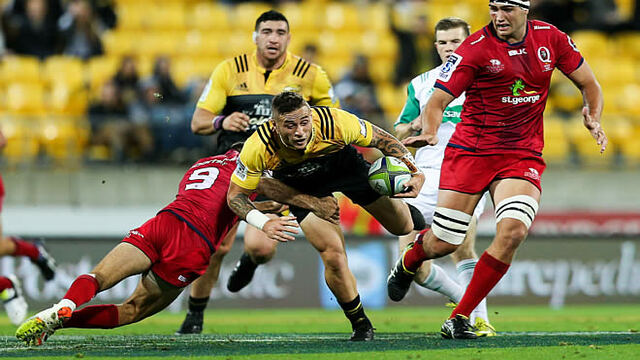
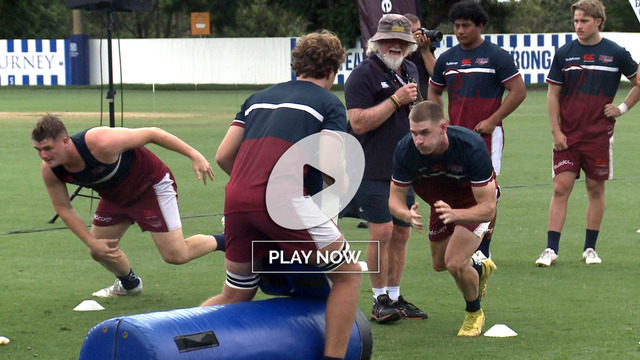

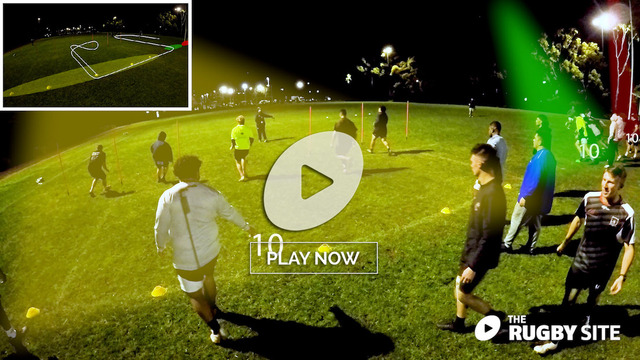

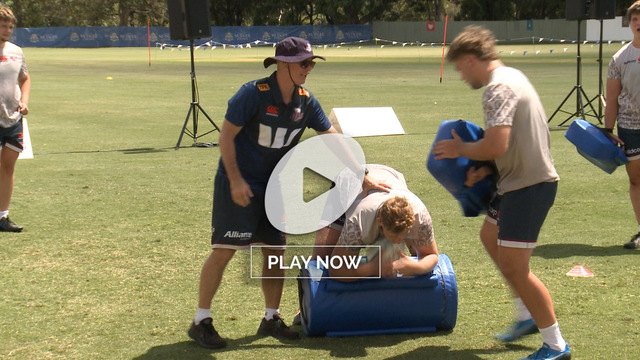
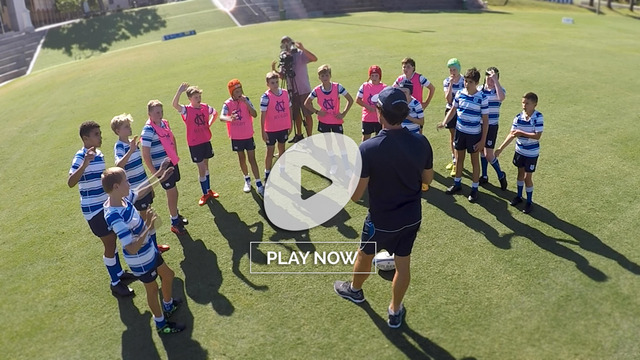

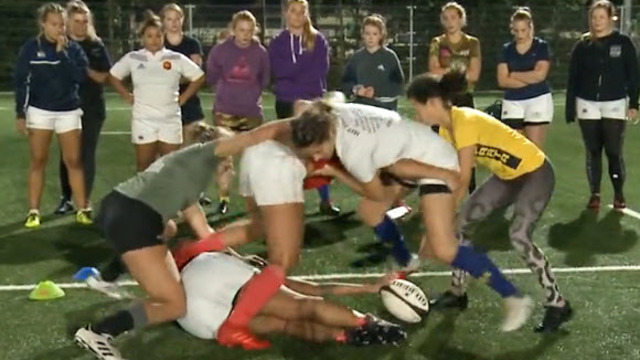
.jpg)
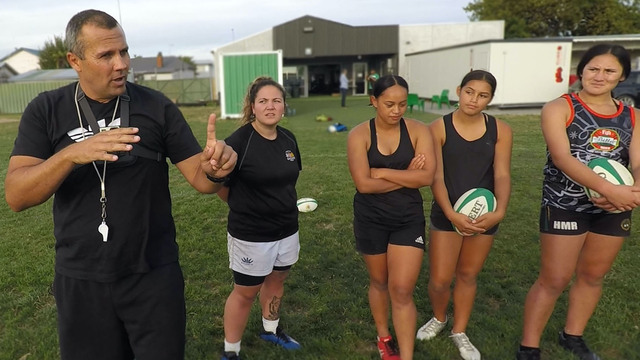
.jpg)
.jpg)
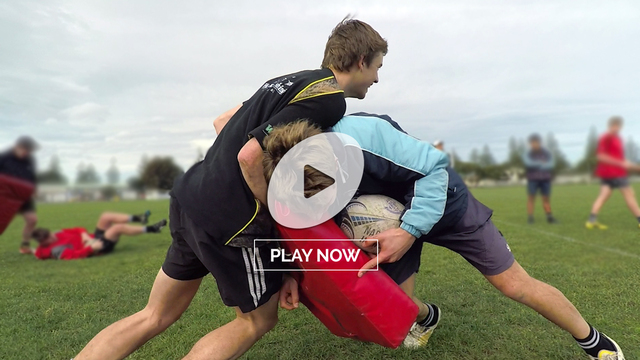
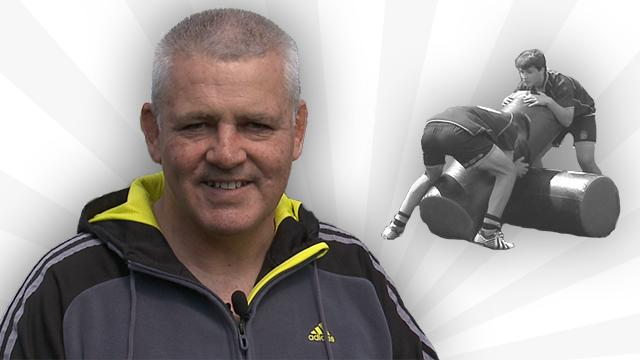
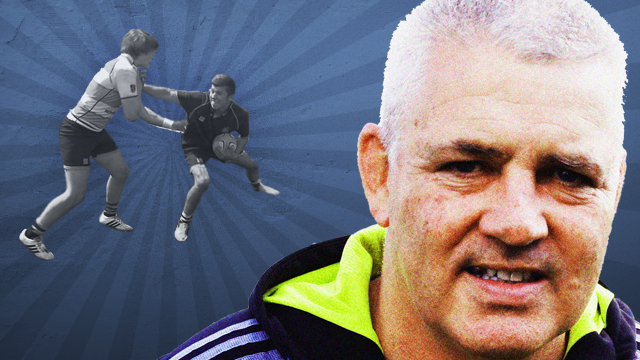
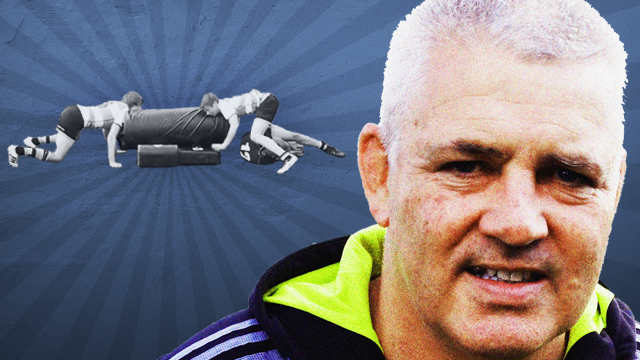

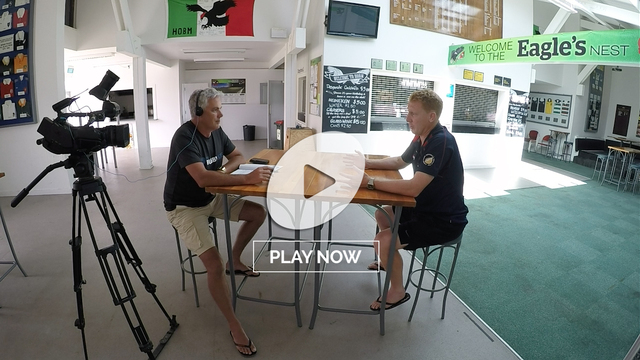
_no_button.jpg)
